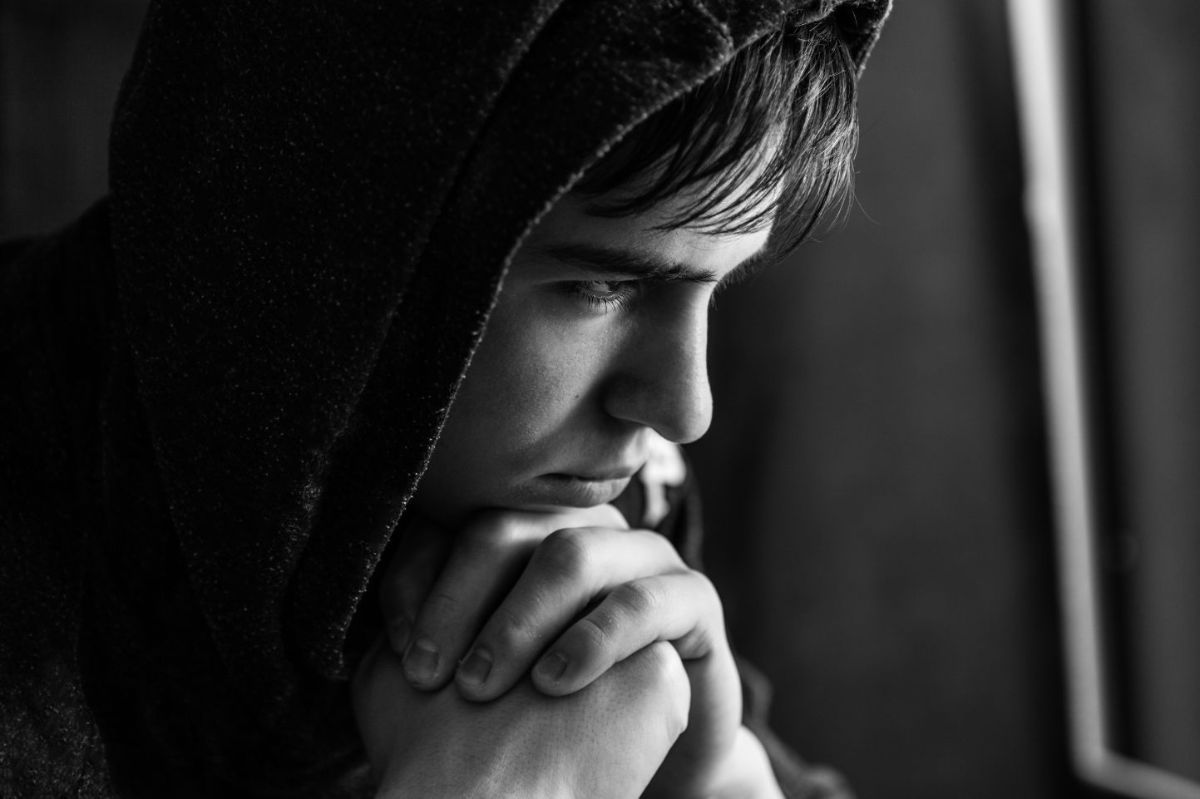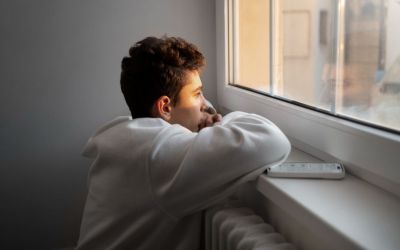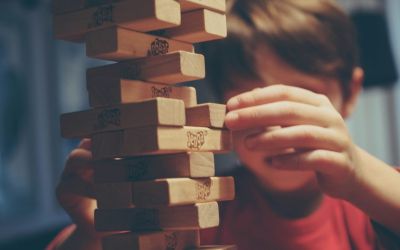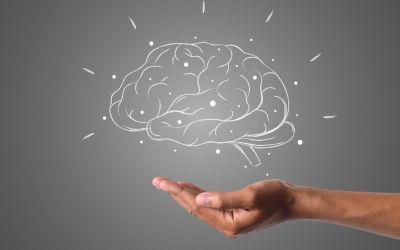
Are we experienceing a global self-esteem crisis? Self-esteem education as a possible response to the mental health emergency in adolescence
There are many factors that seem to point to a severe self-esteem crisis among adolescents, from the boom in cosmetic surgery, to the increase in anxiety and depression, and the rise in cases of suicide among university students. The exposure to aesthetic and high-performance social models, marked by often unrealistic standards, is severely affecting the younger generations. In fact, young people are the ones who are most frequently engaged in self-assessment processes, often distorted by numerous social pressures.
In a recent survey by the Magna Grecia University of Catanzaro, 15.8 per cent of the young women and 3.3 per cent of the young men participating said they had resorted to aesthetic medicine. The law expressly prohibits minors from undergoing various cosmetic surgeries, on the grounds that they may have unexpected and unpleasant side effects, and also because the body at that age is still changing and the risk that the cosmetic surgery may change over the years into something different from the initial result.
The boom in aesthetic medicine, especially among girls, takes on added significance when coupled with the results of the worldwide research conducted by Edelman Intelligence for Dove in 2019, in which Italian women ranked second to last in self-esteem.
Low self-esteem is associated with numerous negative mental health effects and has been linked to several disorders in the Diagnostic and Statistical Manual of Mental Disorders (DSM-5). On the contrary, high self-esteem has been correlated with positive mental well-being, with higher levels of happiness, life satisfaction and tendency to self-appreciation.
Hence, the presence or absence of self-esteem among young people becomes an important focus at a time when there is an increase of up to 18% in cases of depression and 14% in cases of anxiety among adolescents.
The malaise among young people, aggravated by the Covid19 pandemic, is also manifesting itself alarmingly through the rising suicide rate. According to a 2020 US study, 20 per cent of university students reported stress-related suicidal ideation. In Italy, according to Istat sources, as of 2019, i.e. before the pandemic, around 200 suicides were recorded annually among the under 24s, mainly among university students. In general, in 2021 there were 220,000 14-19 year year-olds in our country, who were dissatisfied with their lives and with poor psychological well-being, a situation that the pandemic has certainly aggravated.
Despite the alarming increase in mental disorders and generalised malaise among young people, many still find it difficult to seek help due to the social stigma associated with psychological problems. A stigma that relates directly to what can be called a ‘self-esteem crisis’, i.e. a crisis within a crisis.
“Today’s adolescents are experiencing more and more acute moments of uncertainty in their search for identity – empasizes Patrizio Paoletti – and the fundamental step in the process revolves around the individual’s awareness and ability to experience healthy self-esteem. The quest for recognition is, within our social structure, the pivotal element that has always set us apart. We are in fact social beings, because in our relationship with others we seek and find the mirror for our self-definition. We learn to conform to the expectations of our target group”.
A unique and reassuring aspect of self-esteem from an educational perspective is its malleable nature, especially among children and adolescents: self-esteem can be trained. Considering the significant association between self-esteem and effects on mental well-being, it is important to emphasize that educational interventions aimed at improving self-esteem could have a positive impact on mental health. Strengthening self-esteem has in fact been shown to be effective in prevention, being an important protective factor against depression, anxiety, loneliness and hopelessness.
But what is self-esteem exactly?
Etymologically, the term self-esteem indicates the act of evaluating oneself against a standard. In psycho-pedagogy, this self-assessment is defined in relation to the various factors connected to the parts that make us up:
- Cognitive factors: the set of references that the individual gathers about themselves through their experiences, the knowledge that the individual forms in this process;
- Affective factors: meaning the degree to which the individual is willing to open up emotionally and thus direct and receive emotional expressions towards themselves and others;
- Social factors: such as belonging to social groups and being able to play an influential role within the group by receiving approval.
One of the most important aspects of self-esteem is its inherently subjective character, as a product of personal interpretation. William James (1842-1910), among the fathers of modern psychology, defined self-esteem as the result of the relationship between the ideal self and the perceived self. From this perspective, the individual’s degree of self-esteem is given by how close his or her self-perception is to his or her ideal self.
In Pedagogy for the Third Millennium, Patrizio Paoletti defines a dynamic triangulation between the ideal self, the perceived self, and what Paoletti refers to as the ‘best me’. The ‘best me’ represents the mediation point between the ideal self and the perceived self that the subject is able to transform into concrete action in his or her daily life, freeing himself or herself from the constraints of an ideal that is often too distant from the habitual perception of self.
“Self-esteem – writes Patrizio Paoletti in ‘Crescere nell’eccellenza’ (Growing in excellence) – cultivated like a garden that expresses its maximum splendour in spring, in an individual is a cornerstone capable of sustaining and giving life to the relational fabric, the only instrument for sharing one’s experience”.
How can we learn to value ourselves in a healthy way and become educational role models for younger people?
The initial step, to be experienced first of all in oneself in order to become capable of guiding others in this process, is the acceptance of oneself and one’s life as an opportunity, whatever the conditions at a given time. The objective realization that life is in itself a good thing to be thankful for allows us to look at ourselves with compassionate eyes, capable of understanding both merits and flaws, without exaggerating the former or denying the latter. It is a process of taking responsibility for oneself, a step towards adulthood as awareness of our ability to actively participate in life.
A healthy self-esteem is one that is able to find the right mediation between an ideal that can motivate me to achieve significant results and the big and small defeats that we as human beings are bound to experience. It is a dynamic process to be learned, becoming aware of our constant becoming as a possibility, the possibility of “seeing ourselves change in the changing world”.
In carrying out the process of training ourselves in healthy self-appreciation, we become witnesses and educators for others, especially for adolescents who, in the speed and depth of the transformations they go through, are in dire need of being accompanied. It is precisely in the changing phase of adolescence, in fact, that the individual is particularly sensitive to models and feedback from the social context. Models and feedback that become, through adherence, rejection, adaptation, the parameters by which they evaluate themselves in the world.
- Paoletti, P., and Selvaggio, A. (2011). Mediazione. Quaderni di Pedagogia per il Terzo Millennio. Perugia: Edizioni 3P.
- Paoletti, P. (2008). Crescere nell’eccellenza. Roma: Armando editore.
- Liu, C. H., Stevens, C., Wong, S. H., Yasui, M., & Chen, J. A. (2019). The prevalence and predictors of mental health diagnoses and suicide among US college students: Implications for addressing disparities in service use. Depression and anxiety, 36(1), 8-17.
- Ebert, D. D., Mortier, P., Kaehlke, F., Bruffaerts, R., Baumeister, H., Auerbach, R. P., … & WHO World Mental Health—International College Student Initiative collaborators. (2019). Barriers of mental health treatment utilization among first‐year college students: First cross‐national results from the WHO World Mental Health International College Student Initiative. International journal of methods in psychiatric research, 28(2), e1782.
- Benjet, C. (2020). Stress management interventions for college students in the context of the COVID-19 pandemic.
Be part of the change. Responsibly sharing content is an act of sustainability.












